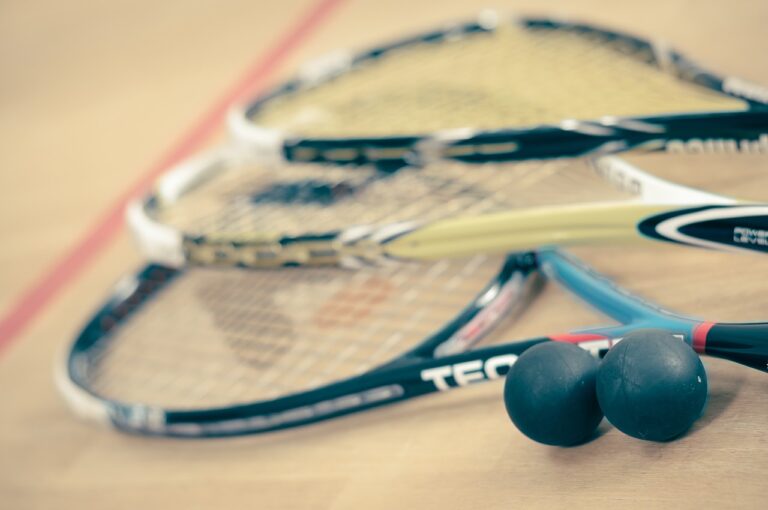Advancements in Bioengineering for Hearing Restoration: Cochlear Implants and Beyond
In recent years, bioengineering has made significant strides in the realm of hearing restoration. Researchers have been exploring various innovative techniques to address hearing loss, a common sensory impairment that affects millions worldwide. These advancements offer hope to individuals with hearing difficulties, providing them with the possibility of improved hearing abilities and a better quality of life.
One notable area of progress in bioengineering for hearing restoration is the development of novel implantable devices that can stimulate auditory pathways within the ear. These devices work by directly interfacing with the auditory nerve or brain, bypassing damaged components of the outer or middle ear. By leveraging cutting-edge technologies, such as neural interfaces and signal processing algorithms, researchers are pushing the boundaries of what is possible in the field of hearing restoration.
• One notable area of progress in bioengineering for hearing restoration is the development of novel implantable devices
• These devices can stimulate auditory pathways within the ear
• They work by directly interfacing with the auditory nerve or brain, bypassing damaged components of the outer or middle ear
• Researchers are leveraging cutting-edge technologies, such as neural interfaces and signal processing algorithms
Understanding Cochlear Implants
Cochlear implants are sophisticated electronic devices designed to provide a sense of sound to individuals with severe hearing loss or deafness. Unlike traditional hearing aids that amplify sound, cochlear implants work by directly stimulating the auditory nerve in the inner ear. This technology enables individuals to perceive sound signals and can significantly improve their ability to understand speech and communicate effectively.
The implant consists of an external component worn behind the ear and an internal component that is surgically placed beneath the skin. The external part captures sound from the environment, processes it, and transmits the signal to the internal component through a magnetic field. The internal component then stimulates the auditory nerve, bypassing any damaged hair cells in the cochlea, and sends these signals to the brain for interpretation. Cochlear implants have revolutionized the field of auditory rehabilitation, providing a viable solution for individuals with profound hearing loss who do not benefit from conventional hearing aids.
Evolution of Hearing Aid Technology
Hearing aid technology has seen significant advancements over the years, transforming the way individuals with hearing loss experience the world around them. From the early days of bulky, analog devices to the sleek, digital models of today, the evolution has been remarkable. These modern hearing aids are equipped with sophisticated features such as noise reduction, Bluetooth connectivity, and custom programming to cater to the unique needs of each user.
One of the most noteworthy developments in hearing aid technology is the shift towards discreet and comfortable designs. Gone are the days of conspicuous, over-the-ear devices; now, many hearing aids are virtually invisible when worn. This shift has not only improved the aesthetics of hearing aids but also increased the acceptance and adoption of these devices among those who may have been hesitant to seek help for their hearing loss.
What are some of the bioengineering innovations being used for hearing restoration?
Bioengineering innovations such as bone conduction implants and auditory brainstem implants are being used for hearing restoration.
How do cochlear implants work in restoring hearing?
Cochlear implants work by converting sound into electrical signals that are sent directly to the auditory nerve, bypassing any damaged parts of the ear.
How has hearing aid technology evolved over the years?
Hearing aid technology has evolved from bulky, analog devices to sleek, digital devices that can be customized to the individual’s hearing loss.
Are there any advancements in hearing aid technology that improve user experience?
Yes, advancements such as noise-cancellation technology, Bluetooth connectivity, and rechargeable batteries have improved the user experience of hearing aid technology.
Can hearing aid technology help with different types of hearing loss?
Yes, hearing aid technology can help with various types of hearing loss, including sensorineural, conductive, and mixed hearing loss.







